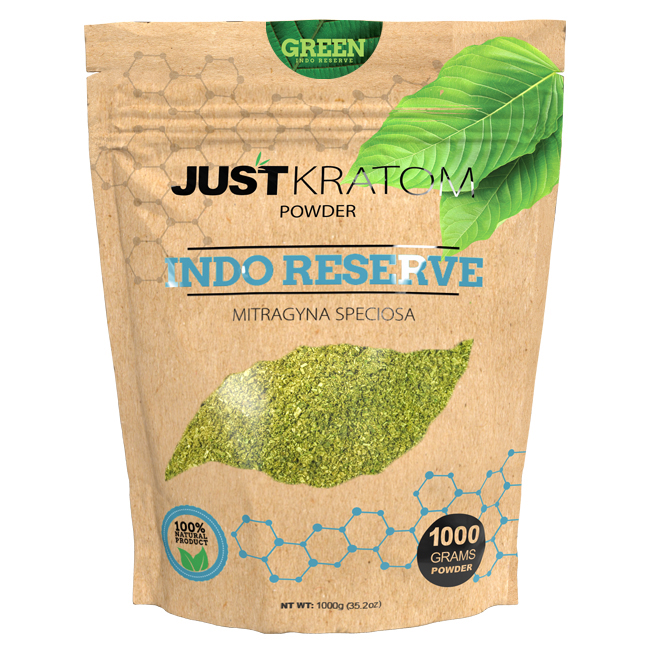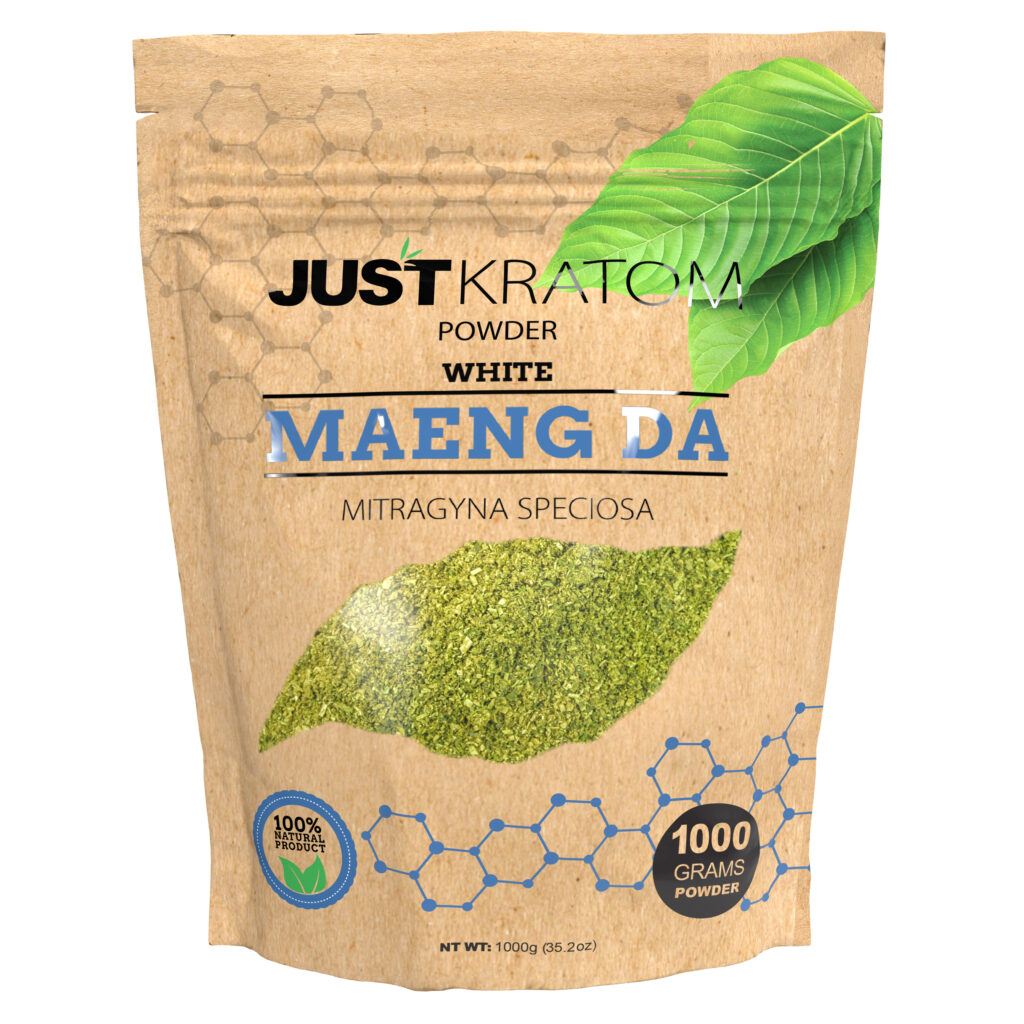Potential Benefits of Kratom for Arthritis Pain
Arthritis, a debilitating condition affecting millions worldwide, often leads to persistent pain and discomfort. Individuals suffering from arthritis are constantly seeking relief, exploring various options to manage their symptoms. Kratom, an herbal substance gaining increasing attention for its potential therapeutic benefits, has emerged as a possible solution for managing arthritis pain.
Mechanism of Action
Kratom contains compounds called mitragynine and 7-hydroxymitragynine that are thought to interact with opioid receptors in the brain and body. These interactions may contribute to kratom’s analgesic (pain-relieving) effects, potentially offering relief for arthritis pain.
Additionally, kratom might possess anti-inflammatory properties. Some research suggests that kratom alkaloids could modulate inflammatory pathways, potentially reducing inflammation associated with arthritis.
While these mechanisms provide a potential explanation for kratom’s perceived benefits in managing arthritis pain, further research is crucial to fully understand its effects and establish its safety and efficacy.
Studies on Kratom and Pain Relief
Arthritis, a debilitating condition affecting millions worldwide, often leads to persistent pain and discomfort. Individuals suffering from arthritis are constantly seeking relief, exploring various options to manage their symptoms. Kratom, an herbal substance gaining increasing attention for its potential therapeutic benefits, has emerged as a possible solution for managing arthritis pain.
Kratom contains compounds called mitragynine and 7-hydroxymitragynine that are thought to interact with opioid receptors in the brain and body. These interactions may contribute to kratom’s analgesic (pain-relieving) effects, potentially offering relief for arthritis pain.
Additionally, kratom might possess anti-inflammatory properties. Some research suggests that kratom alkaloids could modulate inflammatory pathways, potentially reducing inflammation associated with arthritis.
While these mechanisms provide a potential explanation for kratom’s perceived benefits in managing arthritis pain, further research is crucial to fully understand its effects and establish its safety and efficacy.
Let me know if you need help with more text.
Clinical Evidence and Limitations
Kratom, an herbal supplement derived from the Mitragyna speciosa tree, has gained popularity as a potential remedy for arthritis pain. Proponents claim that kratom’s active compounds, mitragynine and 7-hydroxymitragynine, can interact with opioid receptors in the brain and body, producing analgesic effects.
Some studies suggest that kratom may also possess anti-inflammatory properties. These alkaloids could potentially modulate inflammatory pathways involved in arthritis development, thereby reducing pain and inflammation.
However, it is important to note that clinical evidence supporting kratom’s effectiveness for arthritis is limited. Most available research consists of small, uncontrolled studies, making it difficult to draw definitive conclusions about its efficacy and safety.
Furthermore, kratom can have adverse effects, including nausea, constipation, and anxiety. It also has the potential for addiction and interaction with other medications.
Individuals considering using kratom for arthritis pain should consult with a healthcare professional to discuss potential benefits, risks, and appropriate dosage.
Risks and Side Effects of Kratom Use
Kratom, an herbal supplement derived from the Mitragyna speciosa tree, has gained popularity as a potential remedy for arthritis pain. Proponents claim that kratom’s active compounds, mitragynine and 7-hydroxymitragynine, can interact with opioid receptors in the brain and body, producing analgesic effects.
Some studies suggest that kratom may also possess anti-inflammatory properties. These alkaloids could potentially modulate inflammatory pathways involved in arthritis development, thereby reducing pain and inflammation.
However, it is important to note that clinical evidence supporting kratom’s effectiveness for arthritis is limited. Most available research consists of small, uncontrolled studies, making it difficult to draw definitive conclusions about its efficacy and safety.
Furthermore, kratom can have adverse effects, including nausea, constipation, and anxiety. It also has the potential for addiction and interaction with other medications.
Potential Drug Interactions
Kratom use carries various risks and potential side effects. Nausea, constipation, dizziness, itching, and sweating are some common side effects. In higher doses, kratom can cause more serious problems like seizures, liver damage, and respiratory depression.
There is also concern about kratom’s potential for addiction. While not classified as a controlled substance in the United States, it has opioid-like properties that can lead to dependence and withdrawal symptoms.
Kratom can interact dangerously with other medications, particularly those affecting the central nervous system, such as opioids, benzodiazepines, and antidepressants. This can increase the risk of overdose or severe side effects.
Individuals considering kratom use should carefully weigh the potential benefits against the risks and consult a healthcare professional for guidance.
Withdrawal Symptoms
Kratom use carries various risks and potential side effects. Nausea, constipation, dizziness, itching, and sweating are some common side effects. In higher doses, kratom can cause more serious problems like seizures, liver damage, and respiratory depression.
There is also concern about kratom’s potential for addiction. While not classified as a controlled substance in the United States, it has opioid-like properties that can lead to dependence and withdrawal symptoms.
Kratom can interact dangerously with other medications, particularly those affecting the central nervous system, such as opioids, benzodiazepines, and antidepressants. This can increase the risk of overdose or severe side effects.
Withdrawal from kratom can be unpleasant and may include symptoms like anxiety, insomnia, muscle aches, runny nose, and sweating.
Long-Term Health Effects
Kratom use carries various risks and potential side effects. Nausea, constipation, dizziness, itching, and sweating are some common side effects. In higher doses, kratom can cause more serious problems like seizures, liver damage, and respiratory depression.
There is also concern about kratom’s potential for addiction. While not classified as a controlled substance in the United States, it has opioid-like properties that can lead to dependence and withdrawal symptoms.
Kratom can interact dangerously with other medications, particularly those affecting the central nervous system, such as opioids, benzodiazepines, and antidepressants. This can increase the risk of overdose or severe side effects.
Long-term health effects of kratom use are not fully understood due to limited research. However, chronic use may contribute to issues like liver damage, heart problems, and cognitive impairment.
Legal Status and Regulations
The legal status of kratom varies widely across the globe. In some countries, it is completely prohibited, while in others, it is legally available for sale and consumption. The United States has a complex regulatory landscape surrounding kratom, with several states having banned its use or sale entirely. Federal agencies, such as the Food and Drug Administration (FDA), have expressed concerns about kratom’s safety and potential for misuse, but it remains unregulated at the federal level.
Current Regulations in Different Countries

The legal status of kratom varies widely across different countries. Some countries, such as Thailand, Malaysia, and Indonesia, have completely banned kratom production, sale, and consumption due to concerns about its potential for abuse and health risks.
In the United States, kratom’s legal status is complex and varies by state. While it is not currently classified as a controlled substance at the federal level, several states have enacted bans or restrictions on kratom sales or possession. Some states have adopted more lenient approaches, allowing for regulated sales in licensed stores.

In Europe, kratom’s legal status is also diverse. Some countries, like Germany and Poland, have banned kratom, while others, such as the Netherlands, have taken a more permissive stance with regulations on its sale and labeling.
Australia has classified kratom as a “prohibited substance” under the Narcotic Drugs Act, making its possession and distribution illegal.
Canada allows for the sale of kratom as an herbal supplement but imposes restrictions on its labelling and marketing to minimize potential harm.
Safety Concerns and Controversies
Kratom’s legal status is a complex and evolving issue. While it is not currently classified as a controlled substance at the federal level in the United States, several states have enacted bans or restrictions on its sale or possession. This patchwork of regulations creates confusion and uncertainty for consumers and businesses alike.
The legal debate surrounding kratom centers around balancing potential benefits for managing pain with concerns about its safety and potential for misuse. Advocates argue that kratom can be a valuable tool for individuals suffering from chronic pain, while opponents point to the risks of addiction, adverse effects, and the lack of rigorous scientific evidence supporting its efficacy.
As research on kratom continues and public awareness grows, it is likely that legal frameworks surrounding its use will continue to evolve.
Recommendations for Safe Use (if applicable)
Due to potential risks associated with kratom use, including addiction, adverse effects, and interactions with other medications, exercise caution when considering its use. It is essential to consult with a healthcare professional before using kratom to ensure it is safe for you and to discuss appropriate dosage and potential risks.
If you are considering using kratom, be aware of the following recommendations:
Start with a low dose and gradually increase it as needed, always observing your body’s response.
Do not mix kratom with alcohol or other drugs, especially opioids.
Be mindful of potential interactions with medications you are currently taking.
Avoid using kratom if you have a history of substance abuse or addiction.
Pay attention to any adverse effects and discontinue use if they occur.
Monitor your health closely while using kratom.
Keep kratom out of reach of children and pets.
Shop for Kratom Powder online today
- Redensity 1 Skin Booster Treatments Near Pirbright, Surrey - November 3, 2025
- Redensity 1 Skin Booster Treatments Near Chessington, Surrey - November 2, 2025
- Profhilo Treatment Near Tandridge, Surrey - October 31, 2025
